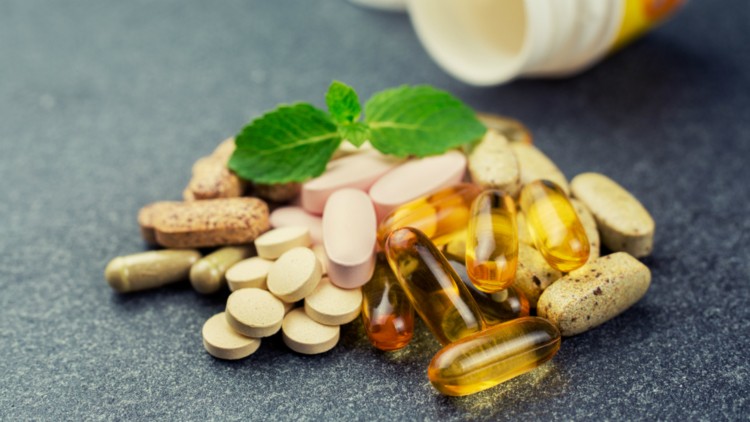Dangerous pollutants in children's toys

The vast majority of children's toys tested are contaminated with harmful pollutants. This is reported by a study of Stiftung Warentest. According to the Foundation, pollutants polluted more than 80 percent of tested toys.
For the most part, parents pay close attention to where the children's toys originate from. Many assume that especially toys and children's products from Asian countries are contaminated with pollutants. However, as a study by Stiftung Warentest found, products from German brand manufacturers are also affected. The Stiftung Warentest tested 50 toys during the investigation.
The result suggests bad news: over 80 percent of toys were contaminated with hazardous substances. Two-thirds of the products were even heavily or very heavily contaminated with the polluting substances. In five of the examined children's toys even the individual parts detached. Here is a great danger, especially for toddlers who then swallow the items and may poison themselves. Especially infants should be specially protected. Your now young organism is more sensitive to pollutants than an adult. Nevertheless, 42 of the 50 toys are burdened, two-thirds even strong or very strong - whether Teddy Steiff, Princess of Fisher Price, Brio Railway or Pittiplatsch as the Foundation reports today.
Country of origin did not matter: all toys were affected equally
Really alarming is also the reference of the examiners that the country of manufacture of children's products plays no role in the quality and is on official test seals little to no reliance. According to the Stiftung Warentest, children's toy producers such as Brio, Eichhorn, Fisher Price, Sigikid or Steiff would not have passed the pollutant test.
Wooden toys as charged as plastic goods
Many parents have begun to buy wooden toys for their children on the assumption that plastic toys in particular are burdened. But not the plastic helicopters or plastic males are heavily contaminated with pollutants, but just the wooden toys: None of the 15 wooden toys was even close to free of pollutants. For example, the testers on the Brio railway alone found flame retardants, polycyclic aromatic hydrocarbons and nickel. The kik and Selecta puzzles contained a lot of formaldehyde. It can fume out of the plywood glue and possibly cause cancer. Contrary to expectations, plastic toys perform best: 6 of the 10 plastic toys are not loaded. Otherwise only the Hello Kitty character and Curly Girly from sigikid managed to do that.
Which pollutants were found in children's toys?
The auditors found in the toys, especially plasticizers, formaldehyde, heavy metals, organotin compounds and so-called polycyclic aromatic hydrocarbons (PAH). Some substances are suspected of causing cancer and allergies. Parents should definitely be worried about the results, as Hubert Primus told Stiftung Warentest. The results are frightening and should worry parents.
Statutory regulations in the test procedures too imprecise
But how can it happen that officially tested toys still contain harmful substances? This is mainly because not all substances are regulated by law. The current legislation is often too inaccurate, according to the testers, because they do not include what age the toy is offered for. For this reason, the foundation has in many cases rated the ingredients much stricter. This is also the case with polycyclic aromatic hydrocarbons, PAK for short. Since the effects and health consequences of many PAHs are still unknown, the stiff should be limited as far as possible.
The toys directive needs to be adapted urgently
The toy directive, however, wants to go another way. From 2013 she wants to allow up to 1 000 milligrams of PAH per kilogram of toy, and 100 milligrams for the carcinogenic benzopyrene. But the foundation warns against such overly high limits. Here, the legislature should rectify quickly. Because the not yet fully developed and still very vulnerable organism of children could take a health damage.
What can parents do?
Because the statutory provisions seem to be insufficient, from the viewpoint of naturopathy parents should focus on toys bearing a Bio Seal. Such toys can be bought in specialized organic stores and in some large toys markets. The disadvantage of these toys is the sometimes very high selling price. Another alternative is provided by nature itself. For example, from acorns, horse mackerel, leaves and chestnuts can be together with the child create great self-created toys. The positive thing about it: The self-made toys give free rein to creativity and are not polluted with chemical pollutants. (sb, 21.10.2010)
Also read:
Essential oils can be dangerous for children
Parents give children too many medications
Parents: diseases do not hide from children
Many children go to school without breakfast
Children's clothing often contains pollutants
Picture: sabine koriath


